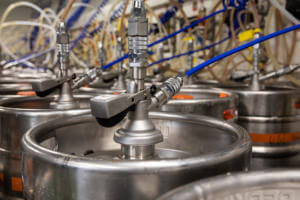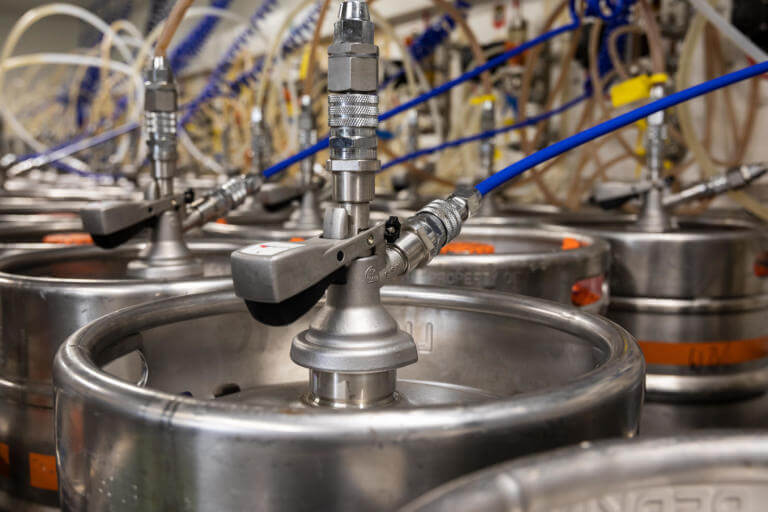The 3 Most Common Brewing Mistakes & How to Avoid Them

Whether you’re a fully-fledged brewing fanatic or just beginning your homebrewing journey, you’re probably not immune to making mistakes. With so many mixed opinions, new technologies, gadgets and techniques hitting the industry every day, the world of brewing is more complex than ever!
At Barons, we’ve been in the beer dispense industry for 4 generations, so we know a thing or two about beer. We want all Aussies to enjoy their brews in the best way possible, which is why we’re here to share the three most common brewing mistakes and how to avoid them.
Sanitise Your Gear
It’s simple really, amazing beer begins with clean gear. Properly cleaning and sanitising your system is the single most important practice in brewing. Unfortunately, it’s also one of the most commonly overlooked steps. Although it may not be visible to the naked eye, bacteria, germs and wild yeast lurking on unsanitised equipment can cause adverse effects on your brew, affecting its colour, taste and clarity. To ensure that your batch tastes the way you intended, it’s important to sanitise at every step of the brewing process. Clean and sanitise any and all gear that comes into contact with your wort or beer, like brew pots, kettles, brewing spoons, mash paddles, fermenters, siphons, airlocks and wort chillers!
Check Your Temperatures
There’s no denying it, temperature control can be challenging in the harsh Aussie climate! If you’re consistently left with an off-tasting brew, it’s time to take a look at your temperature regulation. When yeast fermentation occurs outside of the recommended temperature range, it creates hot or fusel alcohols and a questionable flavour. To get the most out of your beer, it’s crucial to keep your yeast in its recommended temperature range. Buddy up with your thermometer and check your yeast packet for instructions for it’s recommended temperature. Next, keep it in range by using a temperature control kit – whether it’s a simple cooler box with ice and fans or a fridge with a thermostat or a glycol chilled system, your beer will thank you for it!
Water Quality
With all of the impressive gear and funky ingredients used in brewing today, it’s easy to neglect the most important (and cheapest) ingredient, water! Some brewers begin using water straight from the tap, completely unaware that the quality of water determines the quality of taste. If one thing is for sure, you don’t want to do this. Beer made with tap water will have an altered taste and clarity, as it contains chlorophenols that leave an unappealing plastic-like flavour. Begin your brewing process with a blank canvas, not one polluted with chlorine, contaminants and dissolved solids. Don’t cut corners when it comes to quality, and use pure spring water or water run through a reverse osmosis unit.
There you have it, the three most common brewing mistakes and how to avoid them! Now it’s time to put your new knowledge to good use and brew your best beer yet!

